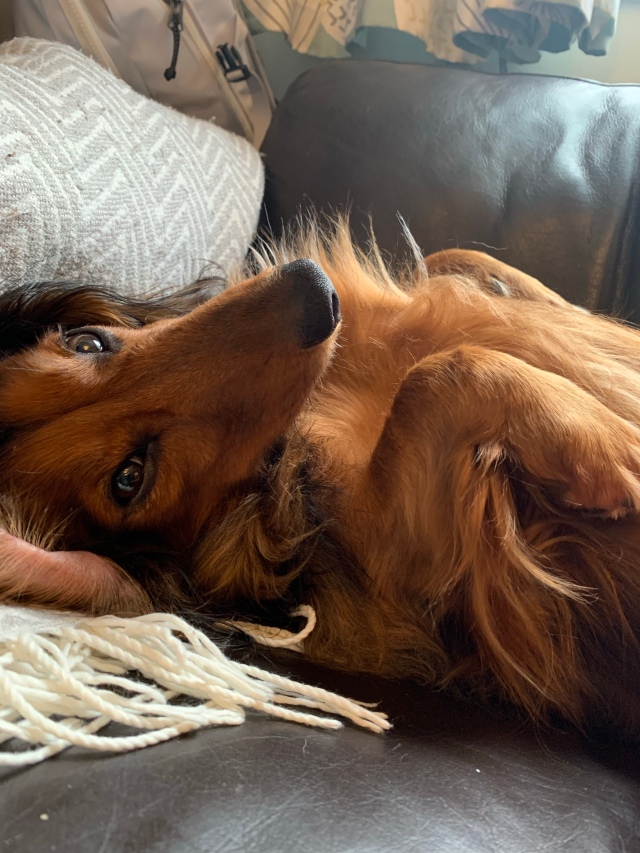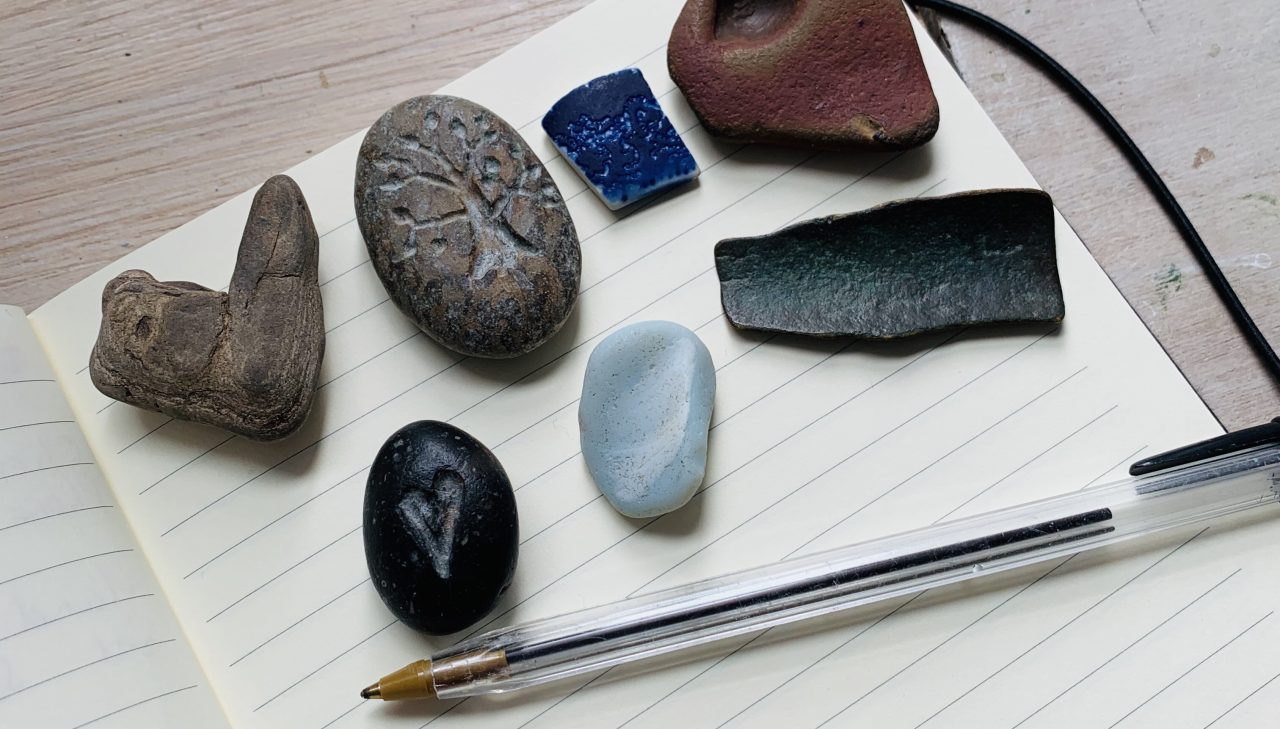The Art of Showing, not Telling, in Creative Writing
I’ve recently been teaching a new term of Exploring Nature Writing for the Field Studies Council (https://www.field-studies-council.org/?s=explore+nature+writing ).The aim of the course is to support participants to explore nature writing, as well as honing their skills as writers. My students asked for some more info on the technique of ‘Showing not Telling’, so I thought I would include it here, as it might be useful to others.
So – what is ‘showing not telling’ in writing, and how can we practice this technique?
Have you ever read a novel, that you just can’t put down and you feel like you are living in the world of the story when you are reading, and you a desperate to find out what happens next? You have probably experienced writing that focuses on ‘showing rather than telling’.
An engaging piece of writing stays one step ahead of the reader. The reader is an active participant in building imagery and piecing together the story as they read. This makes the journey far more interesting and intriguing.
When we simply ‘tell’ a reader what is happening, we are giving them the story on a plate, with no work necessary. ‘Telling’ something is getting straight to the point, in a factual, matter of fact way.
Here is a brief example of telling versus showing:
Telling:
This week I encountered a wild deer when I was exploring woodland along the coast of Fife.
Showing:
As I made my way along the track I left the sound of the waves behind me and climbed steadily through lines of silver birch and sycamore trees. The undergrowth snagged at my ankles and the breeze dropped as we left the open shoreline. Celandine flowers shone like a blanket of stars in the dim light. The shrill cry of a wren called out from a blanket of ivy that wove its way around the roots of an ash tree and covered the whole trunk in a carpet of green.
Stopping to breathe for a moment, I noticed something flicker with movement from the corner of my eye. There, ahead of me, a deer, as still as a statue, ears pricked, wide eyed, staring straight at me. It leapt into action, gone, as fast as it had entered my line of sight. I blinked, a second later and I would have missed it.
In this brief example, you will notice in the ‘showing’ section that I did not mention specifically that I had been walking along the coast. I indicated this with the ‘sound of the waves’. Instead of saying ‘I walked through woodland’ I tried to give the feeling of the woodland, showing that it was a broadleaf wood by naming the trees and the foliage and creatively painting the scene in the readers imagination ‘celandine flowers shone like a blanket of stars in the dim light’. I used details such as the wren singing to bring the woodland to life through the senses.
I tried to recreate the fast encounter with the deer by using short sharp descriptions, punctuated with commas which built the suspense and action.
I didn’t mention that I was in Scotland, but if I had been building this into the story, I could have shown the reader this through other means, perhaps talking about an encounter with a person and building in local dialect or showing the reader through the types of buildings or a mention of the history of the area.
Personally, I think there is a balance between showing and telling. As writers we need to find the sweet point between not dragging the description out so far that the reader becomes bored, but also not just telling everything so that there is nothing left for the reader to find out. I once saw an interview with Sarah Hall, discussing her brilliant book The Wolf Border. Sarah explained that she had completed extensive research into wolves as part of writing the book. One of the hardest parts of completing the story was deciding that she had to leave out a lot of the interesting information about wolves that she had discovered. Although it was fascinating for Sarah, she appreciated that an extreme level of detail about wolves wasn’t relevant to the story as a whole and would risk losing a reader’s interest.
Here are some top tips for ‘Showing not Telling’.
- Use the sensory world to bring your writing to life:
If you are struggling to show rather than tell, imagine that you are on the end of the phone describing something to someone who can’t be right there with you. Use your senses (sight, sound, smell, taste and touch) to accurately bring the scene to life. You are painting an image with words, so that your listener, or reader can also accurately see the scene in their minds eye and feel the world that they are in. Small details can show the reader a lot, such as the flowers in my example – which demonstrated what type of woodland I was walking in.
2. Be specific in your choice of descriptive words.
As Mary Oliver mentions in her book ‘A Poetry Handbook’, there is a difference between a ‘stone and a rock’. The word ‘stone’ sounds round and smooth, it draws on the vowel sounds of ‘o’ and ‘e’, whereas a ‘rock’ ends with the consonants ‘ck’ which give a hard, sharp sound. Rock. It sounds jagged. The words you use will paint a picture in your readers mind, being careful you can create very accurate imagery. Again, simplicity is key, use adjectives sparingly, too many will risk becoming overbearing for your reader.
3. Write then edit.
Don’t get hung up on getting it right the first time. The most important thing is to get words and ideas down on paper. You can go back and edit later. When you have completed a first draft of your work, read it back to yourself out loud. This may sound strange, but speaking the words help us to find snags and tripping points in the flow of the writing. They can also make us realise where we have skimmed over something by ‘telling’ rather than ‘showing’.
4. Test out your work on an audience.
If you can, find a few friends, or even better – a local writing group, who are willing to read and comment on your work. I would recommend finding others who are interested in writing too. You don’t need to give thousands of words, a few hundred to a maximum of a 1000 will do (no more than a couple of sides of A4). This will be plenty to demonstrate tone and voice and to gain valuable feedback on how your writing is received.
5. Read, read, read.
The best way to learn more about ‘showing rather than telling’ is to read a lot. We can learn so much from other authors. Read as widely as you can. We can identify which work really speaks to us, as well as what doesn’t work for us. Having a go at writing in the style of different authors can also help us to understand technique in just the same way many art schools ask budding artists to practice in the styles of the great masters. This doesn’t mean we are going to plagiarise their work, or copy them in our final pieces, but it can help us to explore and understand the craft of writing in closer detail.
For anyone interested in finding out more – I have found the following books useful:
- A Poetry Handbook by Mary Oliver (A dive into figurative language and the construction of poetry. I found this book a little heavy at first, but took my time, making notes as I went along and have found it to be one of the most useful books that I have read in considering language and sounds in constructing imagery.)
- On Writing by Stephen King (I think this book is a must for every budding writer. Part memoir, part creative writing course book I really liked that Stephen King gives examples of exactly how he edits his work and also his long journey into writing. This book is a great starting point.)
- The Creative Writing Course Book, Eds – Julia Bell and Paul Magrs (I just got this book out of the university library, each chapter has a contribution from a different author examining different aspects of writing. There is some excellent advice on ‘training the eye’ in observation and detail.)
On a final note – writing doesn’t have to be with the aim of publishing. It can also be done for the simple act of observing more closely, or for our own enjoyment, don’t get caught up in comparison with others, write for a love of language first. Everything else will follow.
And just for fun ….here is a pic of my lovely dachshund!


Emma, this is brilliant and soooo helpful. Thank you for being kind enough to write this article and on Easter Sunday as well ! Really makes things much clearer and easy to understand. Deeply appreciated.
LikeLiked by 1 person